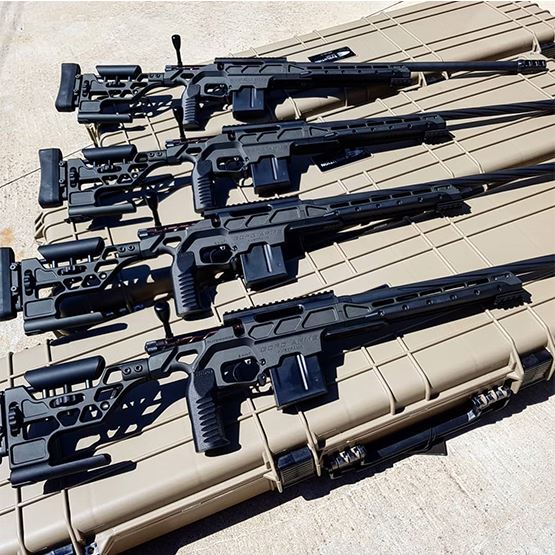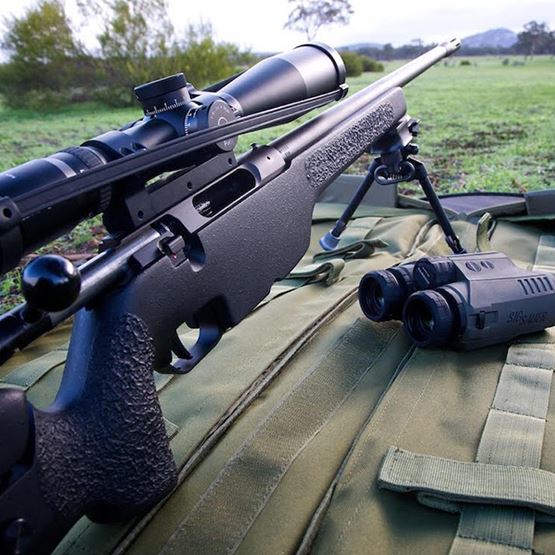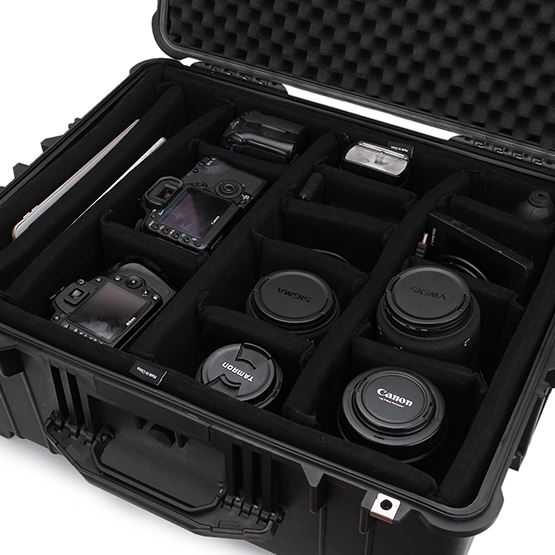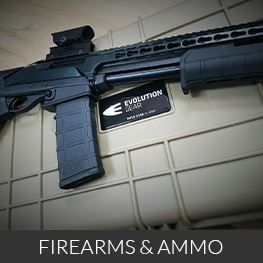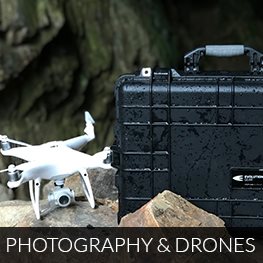The Evolution of Hard Rifle Cases: Ultimate Firearm Protection
Author: Evolution Gear Date Posted: 27 March 2025

From basic soft sleeves to impact-tested hard shells, rifle cases have transformed to protect firearms against water, dust, shocks and transit damage. Below we trace the evolution, highlight modern tech (IP67 sealing, pressure valves, shock-absorbing foams) and explain why today’s hard cases are essential for serious shooters.
Looking to upgrade now? Explore our Hard Cases and Airline-Approved Cases.
From Soft Cases to Impact-Resistant Hard Cases
A brief history
Early carry solutions were soft-canvas, leather or simple nylon-offering minimal protection from impacts and weather. As professional and field demands grew, users shifted to hard cases. First-gen hard cases used basic plastics; today’s designs leverage advanced polymers, aluminium reinforcement and strengthened corners for true impact resistance.
Key insight: the shift was functional, not cosmetic. Hard cases drastically reduce transport and storage damage compared with soft cases.
| Feature | Then: Soft Cases | Now: Modern Hard Cases |
|---|---|---|
| Material | Canvas, leather, basic nylon | Advanced polymers, aluminium reinforcements, composites |
| Protection | Minimal impact and weather resistance | Shock-absorbing, waterproof, dustproof |
| Durability | Prone to tears and wear over time | Engineered for extreme environments and long-term use |
| Security | Basic zippers, limited locking | Lockable latches, tamper-resistant hinges |
| Foam & Interior | Little to no padding, generic fit | Custom-cut foam, accessory integration |
Advancements in Waterproofing, Dustproofing & Shock Absorption
Waterproofing
Modern hard cases often achieve IP67-IP68 ratings, keeping water out during heavy rain or brief submersion, critical for preventing corrosion and internal mechanism damage.
Dustproofing
Field and desert environments introduce fine particles that can infiltrate actions and optics. Airtight gaskets and precision fitment block dust and preserve reliability.
Shock absorption
Beyond a rigid shell, today’s cases integrate vibration-damping foams, reinforced bumpers and energy-absorbing structures, protecting zeroed optics and sensitive components from drops and rough handling.
Why Custom-Cut Foam Interiors Are a Game-Changer
Tailored protection
- Reduced movement: a precise outline keeps the firearm secure in transit.
- Even load distribution: high-density foam prevents pressure points and scope shift.
- Accessory layout: integrate spaces for optics, mags, bipods and tools.
Personalisation & expansion
Select user-configurable foam to adapt as your setup evolves-combine rifle, sidearm and essentials in a single secure unit.
How Evolution Gear Leads the Way
- Military-grade materials: engineered for extreme conditions.
- Sealing & hardware: gasketed lids, corrosion-resistant fittings and pressure-equalisation valves.
- Custom foam solutions: precision cut to your specifications.
- Range breadth: compact pistol to long-range rifle formats.
See the latest models in our Hard Cases collection or contact us for custom recommendations.
Conclusion: The Future of Firearm Protection
Modern hard rifle cases combine rugged shells, waterproof/dustproof sealing and engineered foams to deliver unmatched protection. For any serious owner-hunter, competitor or tactical professional, a quality hard case is no longer optional; it’s essential.
Ready to protect your investment? Shop premium cases or talk to an expert.
Frequently Asked Questions
What’s the difference between a hard rifle case and a soft case?
Hard cases protect against impacts, water, dust and shocks. Soft cases primarily protect against scratches and light dust, making them ideal for short, low-risk carries.
Are all hard cases waterproof?
No. Look for genuine sealing (e.g., IP67/IP68 ratings) and gasketed lids for true waterproof performance.
Why choose custom-cut foam?
It secures your exact rifle and accessories, limiting movement and improving shock absorption compared with generic foam.
How should I maintain a hard case?
Inspect seals, locks and foam regularly. Clean with mild soap and water, dry fully, and store in a cool, dry place.

 1300 11 00 96
1300 11 00 96

